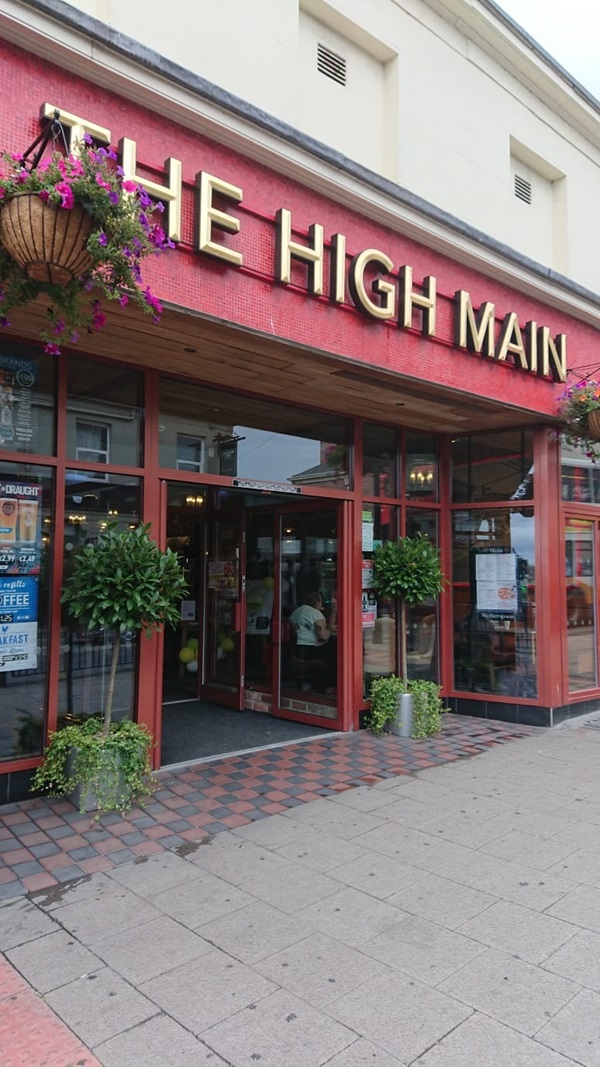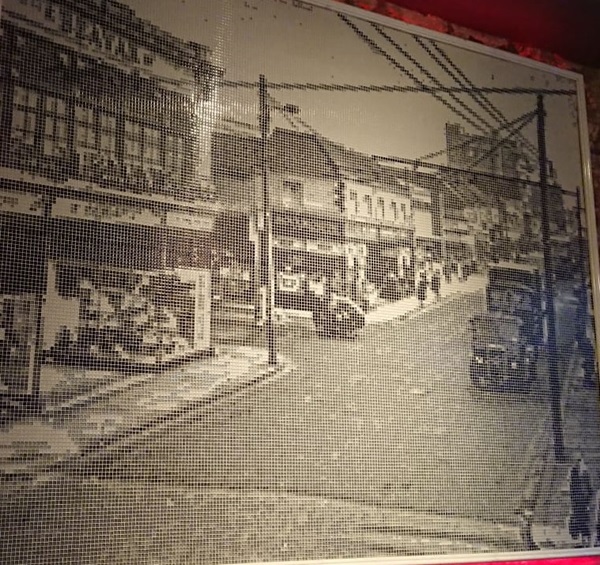Pub history
The High Main
Byker was originally one of five villages which made up the ‘township of Byker’, transformed by industrial expansion from the growth of the coal trade on the Tyne. Lawson Main Colliery stood at the east end of Shields Road (near Brough Park Greyhound Stadium). The coal mine and the nearby quarry were named after the Lawson family (from Brough, in Yorkshire), who had owned most of old Byker since 1543. ‘Main’ referred to the High Main coal seam.
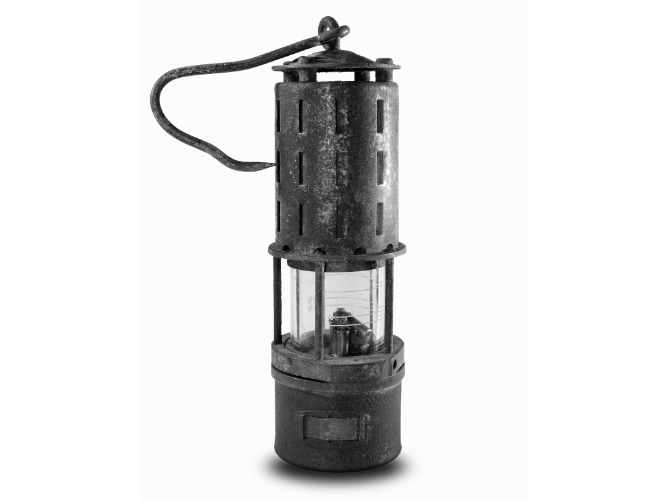
Byker was originally one of five villages which made up the ‘township of Byker’, transformed by industrial expansion from the growth of the coal trade on the Tyne. Lawson Main Colliery stood at the east end of Shields Road (near Brough Park Greyhound Stadium). The coal mine and the nearby quarry were named after the Lawson family (from Brough, in Yorkshire), who had owned most of old Byker since 1543. ‘Main’ referred to the High Main coal seam.
An illustration and text about The High Main
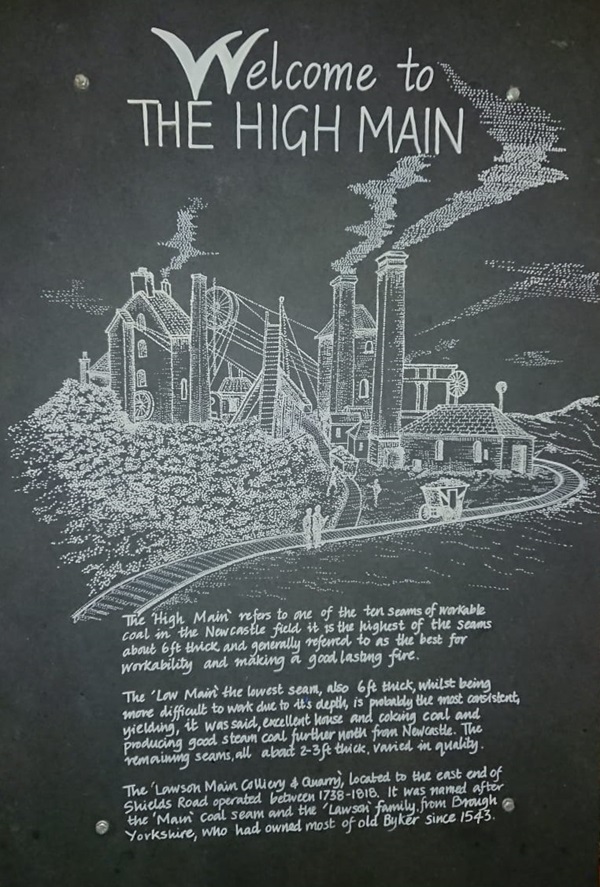
The text reads: The ‘High Main’ refers to one of the 10 seams of workable coal in the Newcastle field. It is the highest of the seams, about 6ft thick and generally referred to as the best for workability and making a good, lasting fire.
The ‘Low Main’, the lowest seam, also 6ft thick, whilst being more difficult to work due to its depth, is probably the most consistent, yielding, it was said, excellent house and coking coal and producing good steam coal further north from Newcastle. The remaining seams, all about 2–3ft thick, varied in quality.
The ‘Lawson Main Colliery and Quarry’, located to the east end of Shields Road, operated between 1738–1818. It was named after the ‘Main’ coal seam and the ‘Lawson’ family, from Brough, Yorkshire, who had owned most of old Byker since 1543.
Tiles handmade by local potter Charlie Allen of Charlie Allen Ceramic Arts
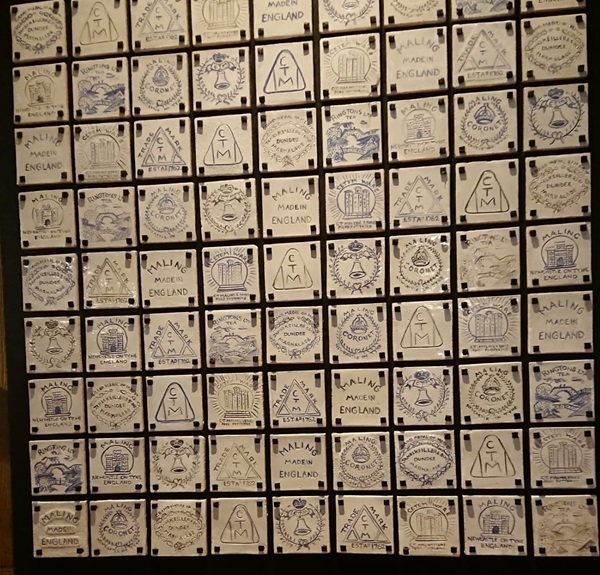
Charlie worked at Hoults Yard, the former Maling pottery, and has completed commissions for Rock Stein, Beamish Museum and many others in Britain and around the world.
A mosaic which reproduces a historic photograph of Shields Road and this building in particular, supplied by CTD
External photograph of the building – main entrance
